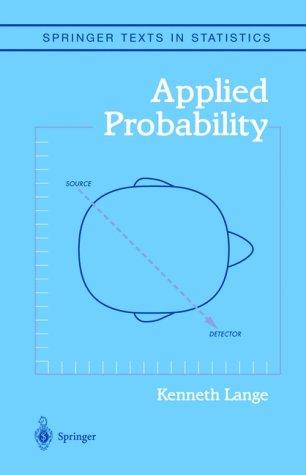Suppose that the complete data in the EM algorithm involve N binomial trials with success probability
Question:
Suppose that the complete data in the EM algorithm involve N binomial trials with success probability θ per trial. Here N can be random or fixed. If M trials result in success, then the complete data likelihood can be written as θM (1 − θ)N−Mc, where c is an irrelevant constant. The E step of the EM algorithm amounts to forming Q(θ | θn) = E(M | Y,θn) ln θ + E(N − M | Y,θn) ln(1 − θ) + ln c.
The binomial trials are hidden because only a function Y of them is directly observed. Show in this setting that the EM update is given by either of the two equivalent expressions
θn+1 = E(M | Y,θn)
E(N | Y,θn)
= θn +
θn(1 − θn)
E(N | Y,θn)
d dθL(θn), where L(θ) is the loglikelihood of the observed data Y [10, 16]. (Hint:
Use Problem 9.)
Fantastic news! We've Found the answer you've been seeking!
Step by Step Answer:
Related Book For 

Question Posted:






